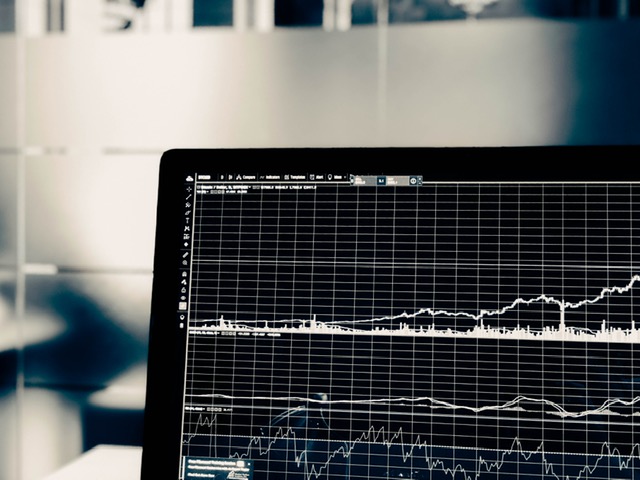How to spot fake or unreliable scientific claims during COVID-19
Throughout the current epidemic, new scientific claims are appearing on a daily basis. It is important to evaluate these claims in order to weed out the true scientific facts from the pseudoscience. Many published articles have not been fact checked or peer reviewed, therefore it is up to journalists to recognise bad science reporting. Following these points will help you in doing so.
- Clickbait headlines: As headlines are designed to tempt readers into clicking on them, scientific research can often be simplified and potentially even misrepresented.
- Conflicts of interest: Companies may be hiring scientists to publish research that is specifically beneficial to them, often for personal or financial gain.
- Correlation and causation: There is no proven correlation between 5G and COVID-19, despite the virus beginning in Wuhan, where 5G was being tested. Be wary of other conspiracies such as this that confuse correlation and causation.
- Issues with samples and test size: Small sample sizes or unrepresentative samples, and no control group or blind test can provide problematic results it trials.
- Cherry picking data: When only the data that supports the conclusion is selected, results could be skewed and inconsistent
- Misconstrued results: Much like with clickbait headlines, articles may provide misconstrued or misunderstood results in order to create an enticing story.
- Unsubstantiated conclusions: Be wary of conclusions framed by speculative language that require further evidence to be proven.
- Lack of peer review: With no peer review, scientific articles are far less reputable and may not be reliable. 153 studies have been published on the new coronavirus. 92 were not peer reviewed.

